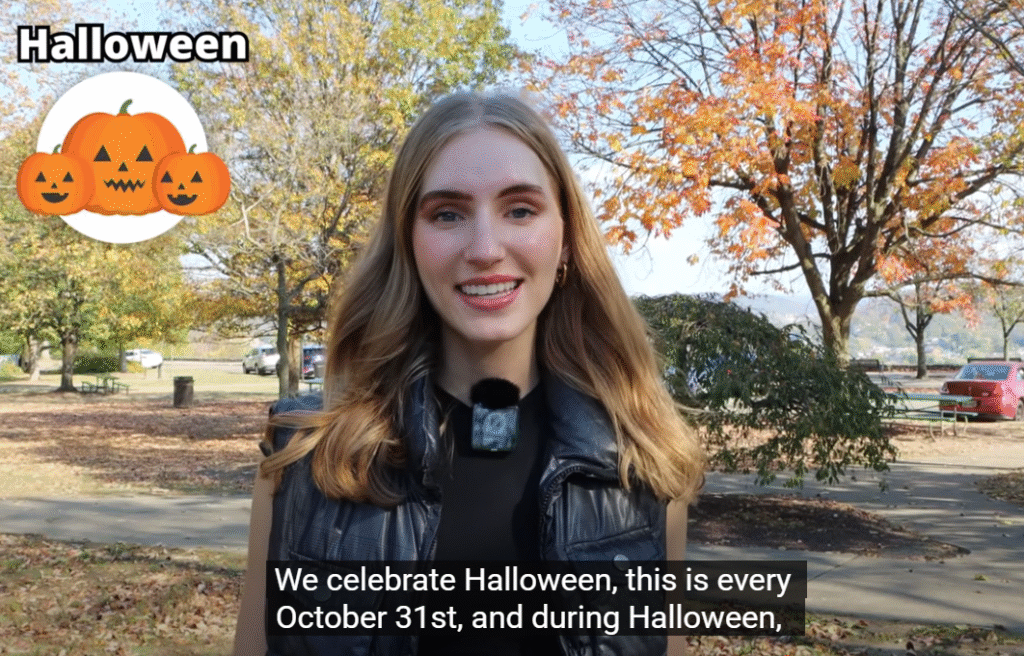Teaching English throughout the year can be a dynamic and enriching experience—not just because of the curriculum or the students, but because each season brings new opportunities for creativity, engagement, and contextual learning. By aligning English lessons with the rhythms of the natural world—Spring, Summer, Fall, and Winter—educators can create memorable and meaningful learning experiences. Seasonal themes provide students with relevant vocabulary, cultural insights, and diverse topics for reading, writing, speaking, and listening.
Let’s explore how each season can offer fresh and exciting approaches to teaching English.

Spring: Growth, Renewal, and New Beginnings
Spring is a season of renewal. Flowers bloom, days grow longer, and everything feels fresh and full of potential. This energy can be mirrored in the classroom with lessons that emphasize growth, change, and creativity.
Key Vocabulary:
- Bloom, bud, blossom, sprout, garden, fresh, rainy, sunny, insects, rainbow
Activities and Lessons:
- Descriptive Writing:
Ask students to describe a spring day using all five senses. Encourage use of adjectives and similes. - Spring Poetry:
Introduce haiku or acrostic poetry using spring-themed words like “flowers,” “April,” or “rain.” - Nature Walks and Journaling:
If possible, take students outside and have them record observations in English—birds chirping, colors they see, or how the air feels. - Grammar Focus – Present Continuous Tense:
Spring is full of action. Practice sentences like “The birds are singing” or “The flowers are blooming.” - Reading Comprehension:
Use short stories or non-fiction passages about spring traditions, such as Easter, Earth Day, or cherry blossom festivals around the world.

Summer: Exploration, Freedom, and Adventure
Summer is often associated with vacation, fun, and exploration. It’s a great time to incorporate project-based learning and themes related to travel, nature, and outdoor experiences.
Key Vocabulary:
- Sun, beach, travel, vacation, swim, ice cream, camp, hiking, sunglasses, hot
Activities and Lessons:
- Travel Brochures and Presentations:
Have students design a travel brochure for their favorite summer destination (real or imaginary). Practice persuasive language and speaking skills. - Storytelling:
Encourage students to write or share summer adventure stories—real or fictional—using past tense verbs. - Songs and Listening Activities:
Use upbeat summer-themed songs to practice listening skills and teach informal expressions or phrasal verbs. - Vocabulary Games – Summer Edition:
Play charades or Pictionary with summer-related words to build vocabulary in a fun, engaging way. - Grammar Focus – Past Simple and Future Tenses:
Practice sentences like “I went to the beach last summer” and “I will go camping in July.”

Fall: Change, Reflection, and Preparation
Fall, or autumn, is a season of transformation. Leaves fall, temperatures drop, and students begin to settle into routines. It’s a reflective time, ideal for developing analytical and expressive language skills.
Key Vocabulary:
- Leaves, harvest, pumpkin, crisp, wind, sweater, apple, acorn, Thanksgiving, change
Activities and Lessons:
- Personal Essays or Journal Prompts:
Have students write about changes they’ve experienced—new school year, new goals, or memories from past autumns. - Fall Festivals Around the World:
Teach cultural lessons about Thanksgiving, Halloween, Diwali, or Moon Festival, using them to build vocabulary and reading comprehension. - Descriptive Language Practice:
Focus on sensory details and figurative language. Prompt students to describe a walk through a forest in fall. - Debates or Discussions:
Use topics like “Is fall the best season?” or “Should Halloween be celebrated at school?” to encourage critical thinking and speaking practice. - Grammar Focus – Comparatives and Superlatives:
Compare seasons: “Fall is cooler than summer.” “Winter is the coldest season.”

Winter: Reflection, Coziness, and Celebration
Winter brings cold weather, holidays, and the end of the calendar year. It’s a time of rest and reflection, and a great chance to use storytelling, cultural comparisons, and review activities.
Key Vocabulary:
- Snow, cold, fireplace, gift, holiday, mittens, frost, sleigh, candle, family
Activities and Lessons:
- Holiday Traditions Project:
Have students research and present a winter holiday from their culture or another country. This supports cultural awareness and speaking skills. - Winter-Themed Story Writing:
Ask students to write a fictional story set in a snowy environment, incorporating vocabulary and imagery. - Listening and Reading – Classic Tales:
Introduce short winter-themed stories like “The Snowman” or “The Gift of the Magi.” Practice comprehension and discuss morals or themes. - Letter Writing:
Students can write letters to Santa, pen pals, or thank-you letters for gifts, practicing proper structure and tone. - Grammar Focus – Present Perfect:
Practice using sentences like “I have never seen snow” or “She has eaten too much chocolate.”

Cross-Seasonal Tips
- Seasonal Bulletin Boards:
Decorate classroom boards with students’ seasonal work—poems, essays, or drawings—showcasing what they’ve learned. - Thematic Vocabulary Walls:
Create rotating vocabulary displays that match the season. Encourage students to use words from the wall in their daily writing and speaking. - Integrated Skills Projects:
For example, a year-long “Seasonal Journal” where students write one entry per week, reflecting on changes in nature, mood, or activities. - Adapt for Levels:
- Beginners: Focus on seasonal vocabulary, simple sentences, and visuals.
- Intermediate: Incorporate paragraph writing, reading stories, and structured conversations.
- Advanced: Use the seasons to spark debates, research papers, or presentations.



